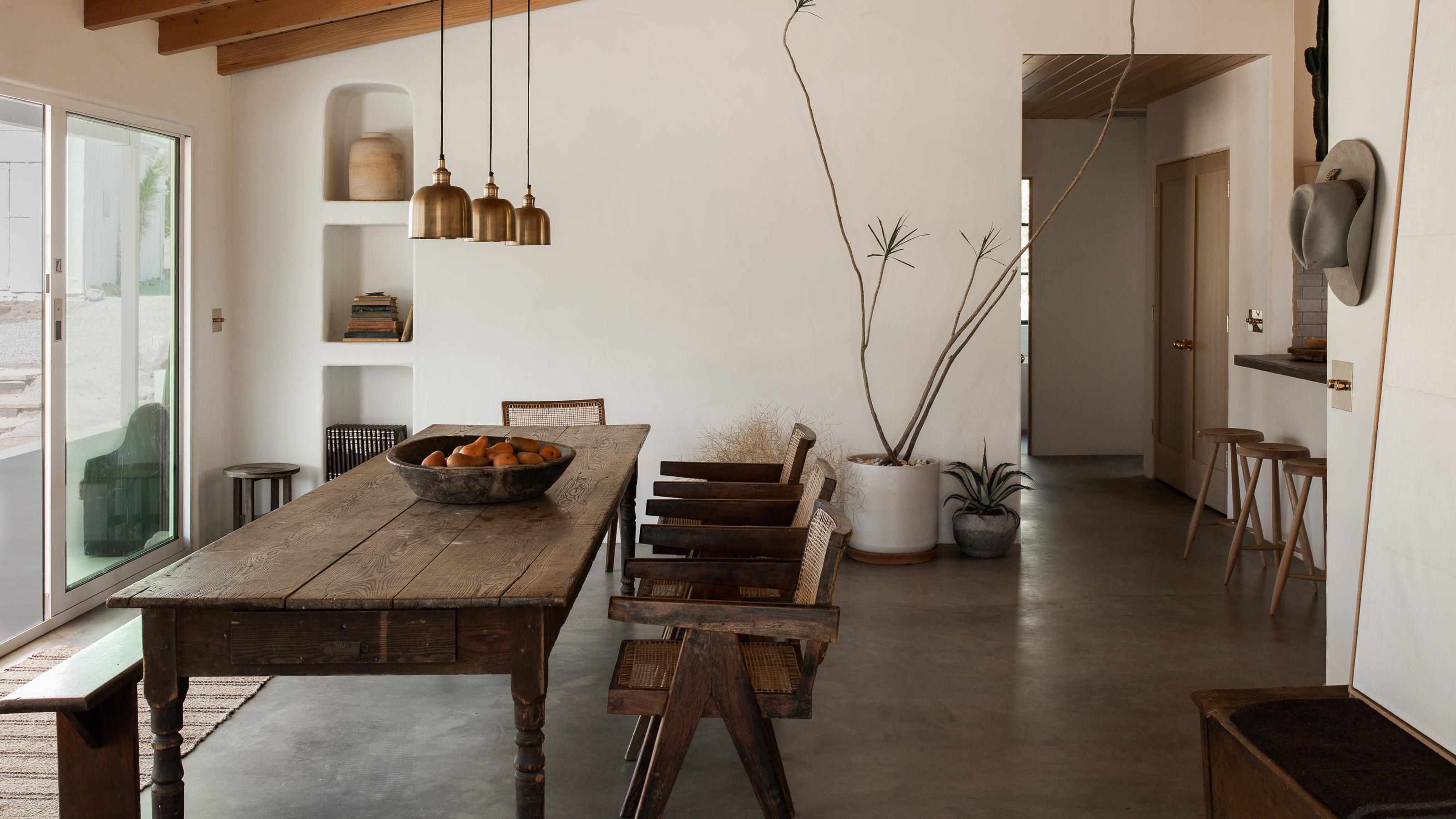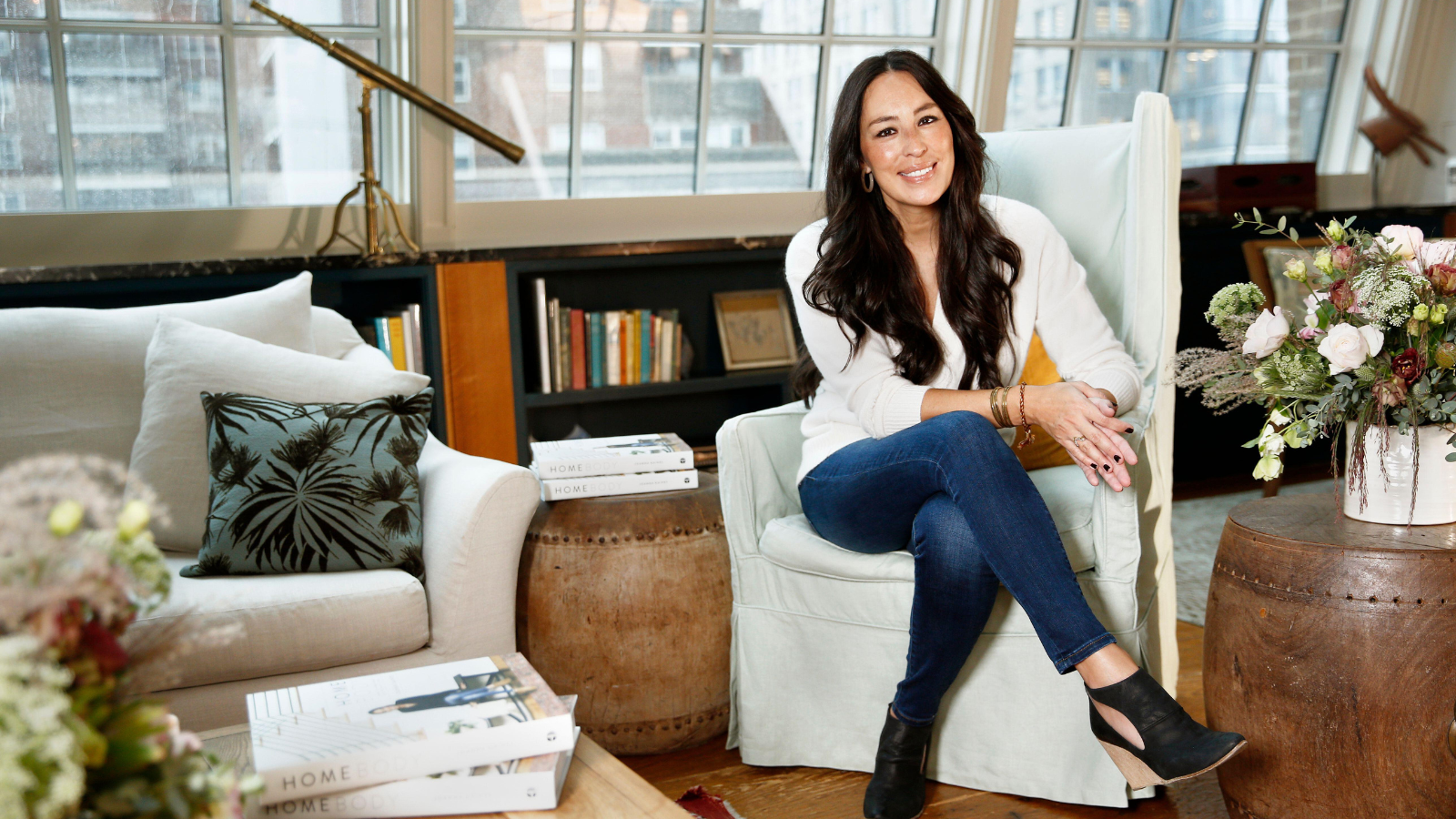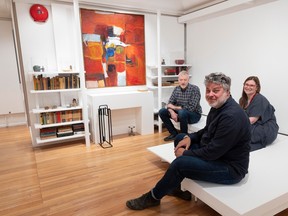
West Vancouver Art Museum exhibit focuses on the private home of Arthur Erickson, Canada’s most renowned architect.

Article content
Arthur Erickson designed some of Canada’s most celebrated buildings. But at home he lived modestly, in a converted garage in Point Grey.
Actually it was two garages, joined together in a 680-square-foot residence that blended into a beautiful garden landscape.
Article content
“He lived in an incredibly modest way,” said Clinton Cuddington of the Arthur Erickson Foundation. “I think it was incredibly important to him, to maintain that balance between a larger-than-life public persona and a private environment where he could retreat, and think about his ideas.”
Advertisement 2
Article content
This is the 100th anniversary of Erickson’s birth, so the West Vancouver Art Museum wanted to do an exhibition marking the day. In concert with the Arthur Erickson Foundation, it decided to put on a show that looks at his small private residence, where he lived from 1957 to 1992.
“One of our mandates as an institution is to look at West Coast modernism as it relates to West Vancouver,” explains curator Hilary Letwin. “A lot of that history is residential architecture. By its nature it’s private, it’s hidden.”
West Van has the photographic archives of Selwyn Pullan, an architectural photographer who documented all the local greats of West Coast modernism.
Pullan did two photo shoots of Erickson at his home, in 1966 and 1972. So they blew images up that capture the simple elegance and quirks of the Point Grey home.
“They show a different side of Arthur,” said Letwin. “We are accustomed to seeing Arthur through the lens of his projects, either public or private, these really important moments historical moments of design.
“You look at these photos, especially at this grand scale, 42-by-42 (inches), and you see all the dings in the furniture. I don’t think this is the interior that a lot of people associate with the public persona of Arthur.
Article content
Advertisement 3
Article content
“For us it’s all about getting to the man, through the place that he lived, and the things that he chose to surround himself with.”
One of the photos shows his living room, which was simplicity itself, a low sofa, low coffee table, fireplace bookshelves and an abstract painting by his friend Gordon Smith on the wall.
So they reproduced the living room for the show, albeit in white instead of the orange and red coverings found in the real deal.
“We thought we needed to neutralize the primary industrial design components, just so we could put focus on what did he surround himself with,” said Cuddington.
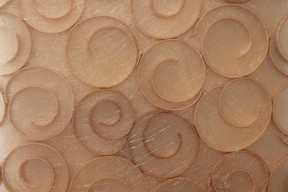
On a wall, they added one of the home most’s unusual touches, what looks like a series of bubbles used in panels in his kitchen ceiling.
“They’re a series of wood shavings,” explains Cuddington. “Western red cedar curls off of a planer between two layers of Fibreglass.”
There’s also a Buddha head that was displayed prominently in the home, as well as an Inuit carving on whale vertebrae and one of Erickson’s notebooks from when he was a student in 1946.
He didn’t have lot of stuff in his home, but it was impeccably curated.
Advertisement 4
Article content
“He didn’t live in this shining palace of modernism, he lived in a converted garage, with a really impressive garden he designed himself,” said Letwin. “It’s a very different side of Arthur we’re not always accustomed to seeing and hearing about.”
“This was the reprieve from the public life that he needed in order to nourish himself, learn and to have a sanctuary,” said Cuddington.
The exhibition runs from May 15 to July 20 at the West Vancouver Art Museum, 680 17th St.
Recommended from Editorial
-

In 2007, the Royal Architectural Institute of Canada announced the Prix du XXe siècle (Prize of the 20th Century), an award for Canadian buildings of “enduring excellence” and “nationally significant architecture.” There were five buildings named the first year, and two were by Arthur Erickson.
-

In Oct., 1989 architect Arthur Erickson stunned Vancouverites by claiming there was a “secret” federal government report that predicted immigration would make Metro Vancouver’s population rise to 10 million by 2050.
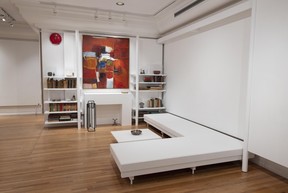
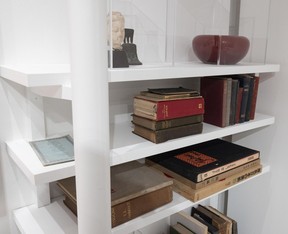
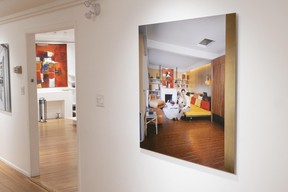
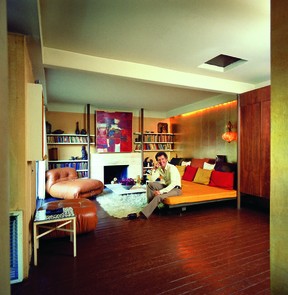
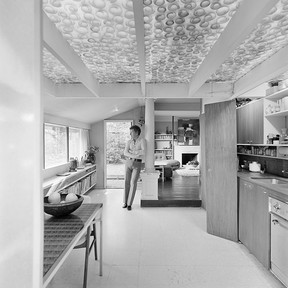
Bookmark our website and support our journalism: Don’t miss the news you need to know — add VancouverSun.com and TheProvince.com to your bookmarks and sign up for our newsletters here.
You can also support our journalism by becoming a digital subscriber: For just $14 a month, you can get unlimited access to The Vancouver Sun, The Province, National Post and 13 other Canadian news sites. Support us by subscribing today: The Vancouver Sun | The Province.
Article content
link

